Optimal Timing for Indoor Air Quality Testing
Indoor air quality testing is most effective when performed during periods of typical occupancy and activity, such as during regular working hours or when residents are present. Testing during these times provides an accurate assessment of the air quality conditions experienced daily. Additionally, conducting tests during seasonal changes, like fall or spring, can reveal fluctuations in indoor pollutants caused by heating, cooling, or ventilation patterns.
Testing during seasonal transitions can identify fluctuations in indoor air pollutants related to heating or cooling systems.
Conduct testing after renovations or new construction to ensure indoor air remains safe and free from construction-related pollutants.
Perform tests during peak occupancy to evaluate the impact of daily activities on indoor air quality.
Testing during allergy seasons can help identify airborne allergens and improve indoor air management.
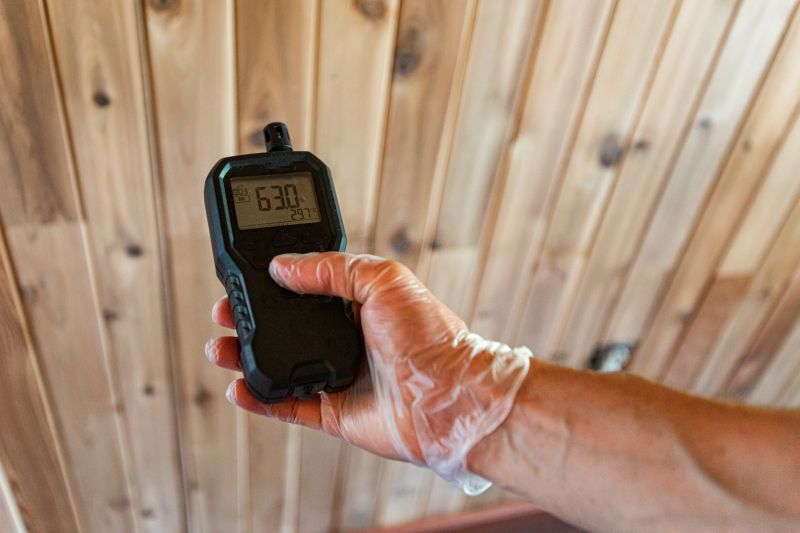
Advanced devices used to detect pollutants and measure air quality levels.

Technicians collect air samples in various locations within a space.
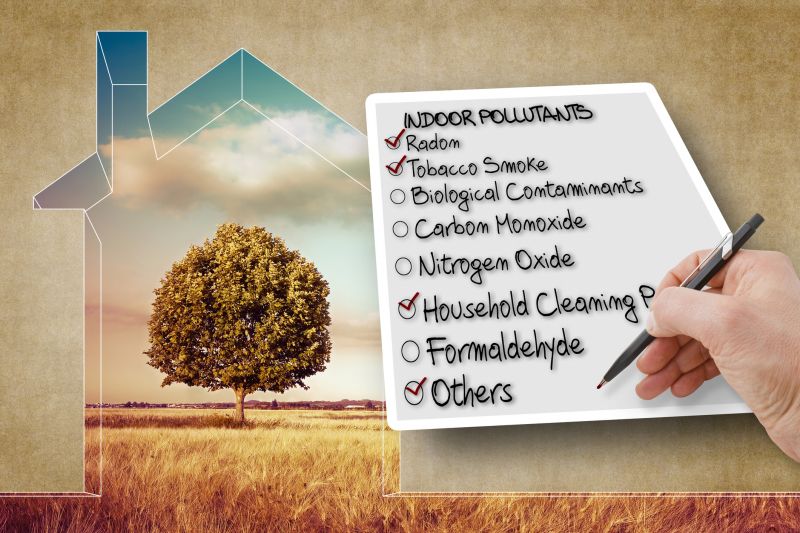
Common indoor sources like mold, dust, and VOCs identified during testing.
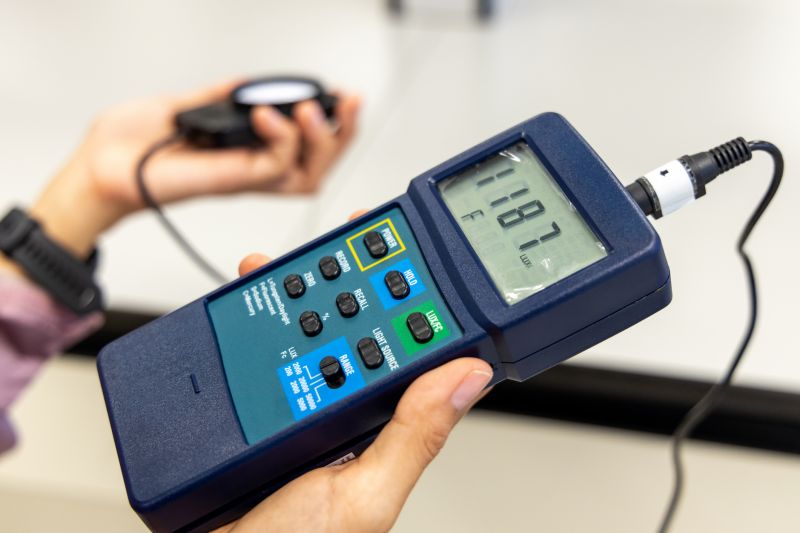
Ways to make Indoor Air Quality Testings work in tight or awkward layouts.
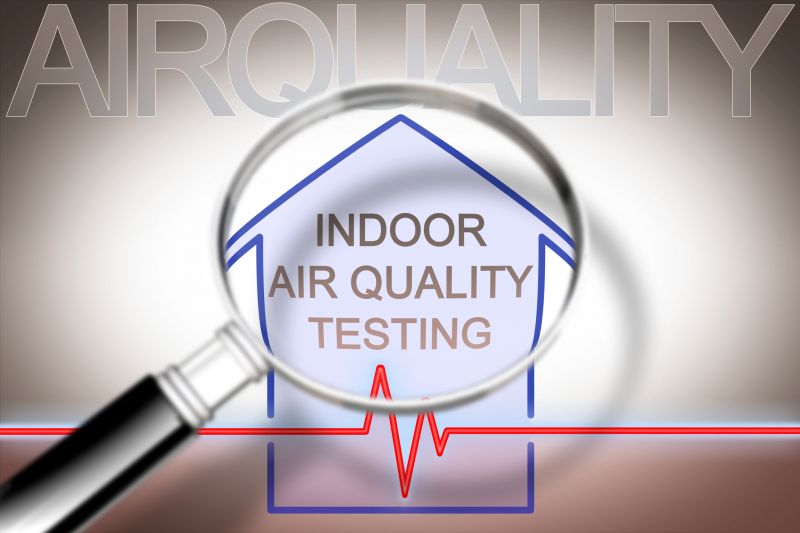
Popular materials for Indoor Air Quality Testings and why they hold up over time.

Simple add-ons that improve Indoor Air Quality Testings without blowing the budget.
Indoor air quality testing provides critical insights into pollutants that can affect health and comfort. Pollutants such as volatile organic compounds, mold spores, dust mites, and airborne chemicals can accumulate indoors, often at levels higher than outdoor air. According to recent studies, indoor air can be two to five times more polluted than outdoor air, which can lead to respiratory issues, allergies, and other health concerns. Regular testing helps identify sources of contamination and guides mitigation strategies to improve indoor environments.
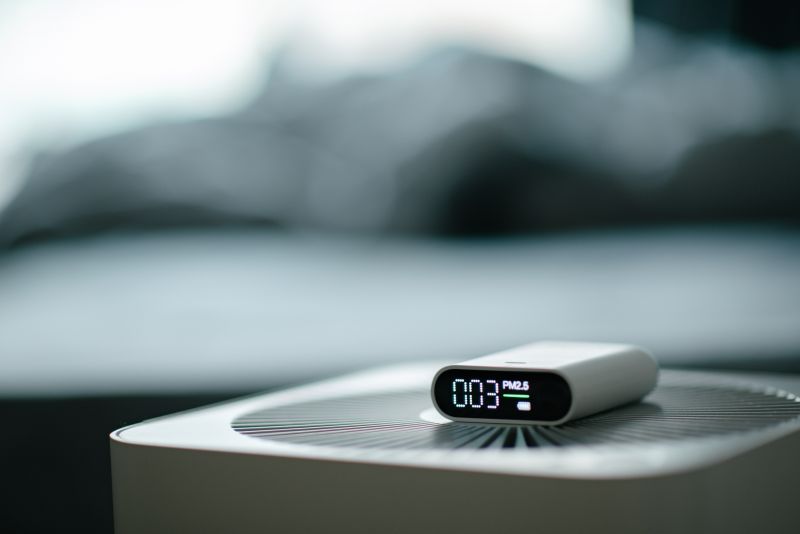
Devices used for continuous or spot testing indoor air quality levels.
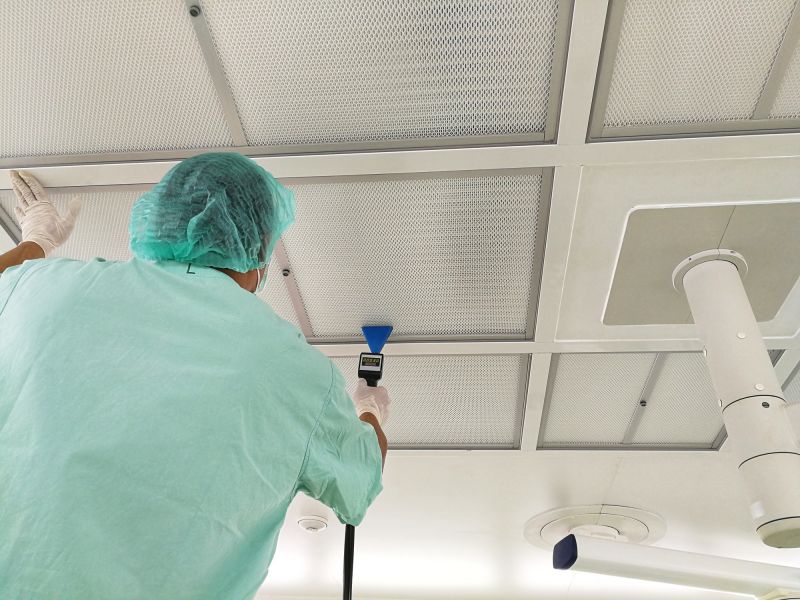
Technicians gather air samples from various locations for analysis.
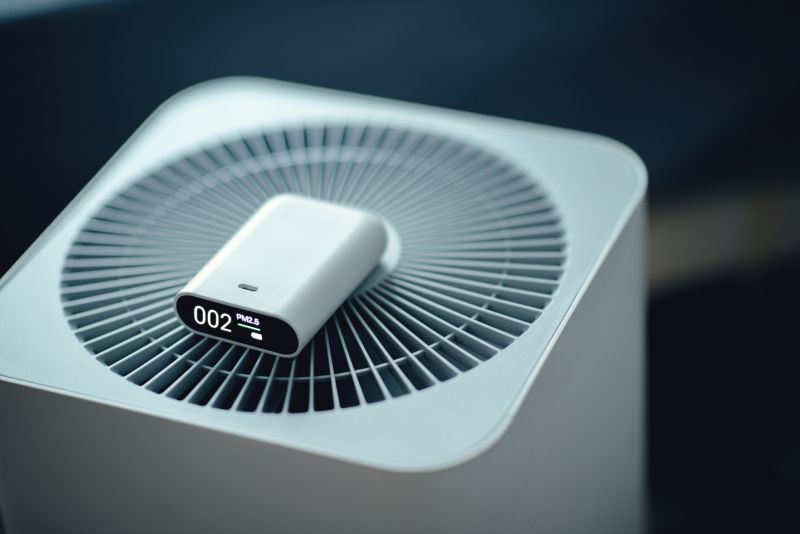
Sensors detect specific pollutants like VOCs and particulate matter.
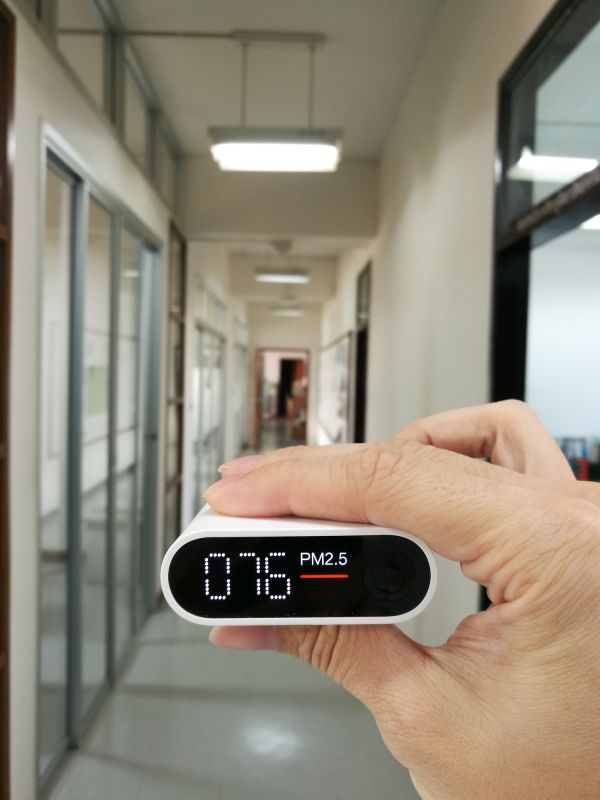
Samples are analyzed in labs to determine pollutant concentrations.

High-end options that actually feel worth it for Indoor Air Quality Testings.
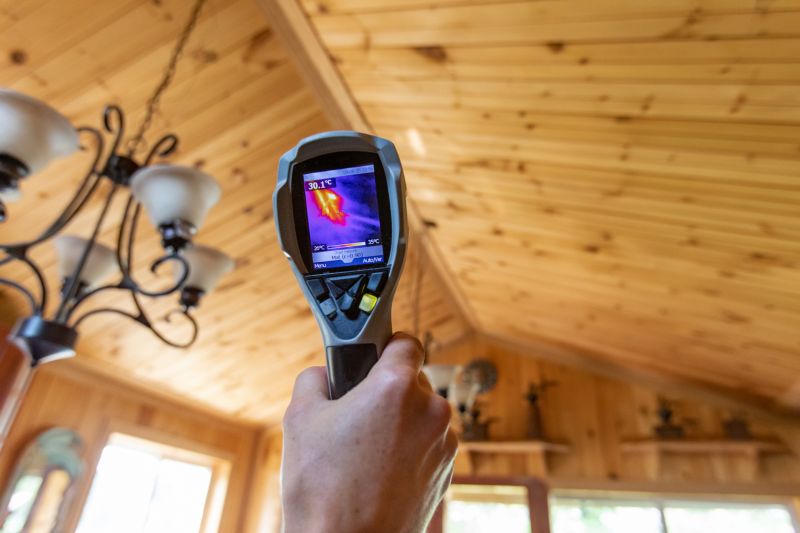
Finishes and colors that play nicely with Indoor Air Quality Testings.
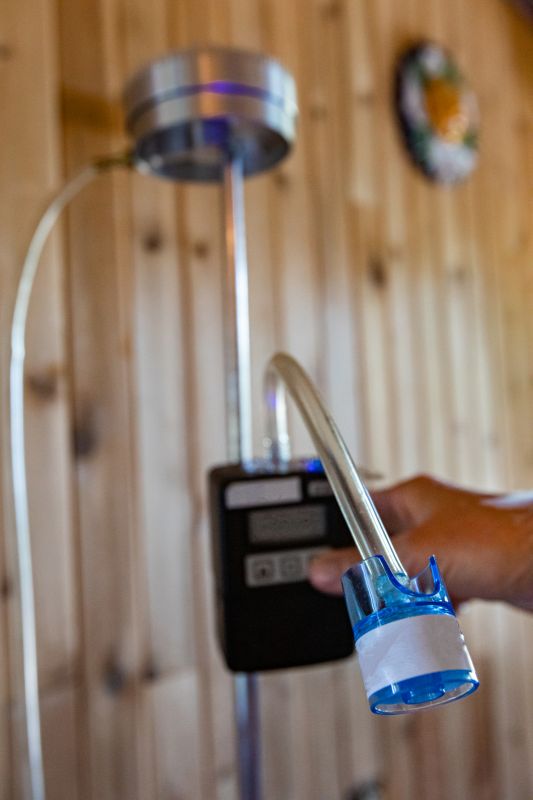
Little measurements that prevent headaches on Indoor Air Quality Testings day.
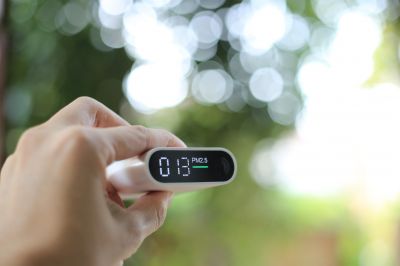
A 60-second routine that keeps Indoor Air Quality Testings looking new.
| Timing Consideration | Rationale |
|---|---|
| Seasonal Changes | Reveals fluctuations due to heating, cooling, and ventilation patterns. |
| Post-Remodeling | Ensures indoor air remains safe after construction activities. |
| High Occupancy | Evaluates impact of daily activities on air quality. |
| Allergy Seasons | Identifies airborne allergens during peak allergy periods. |
| During HVAC Maintenance | Checks for pollutants after system repairs or cleaning. |
| Before Moving In | Establishes baseline air quality for new occupants. |
| During Pollution Events | Assess the impact of external pollution episodes. |
Understanding the optimal timing for indoor air quality testing can enhance the accuracy and usefulness of the results. Regular assessments, especially during periods of increased activity or environmental change, help maintain healthy indoor environments. Identifying pollutants early and understanding their sources can lead to effective mitigation and improved air quality over time.

Technicians performing air sampling in a residential setting.

Laboratory analysis of collected air samples for pollutants.
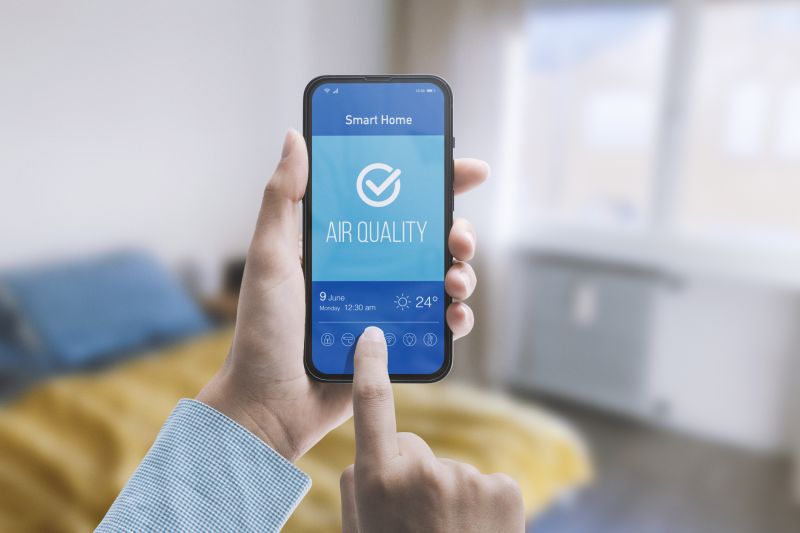
Experts review data to determine air quality levels.
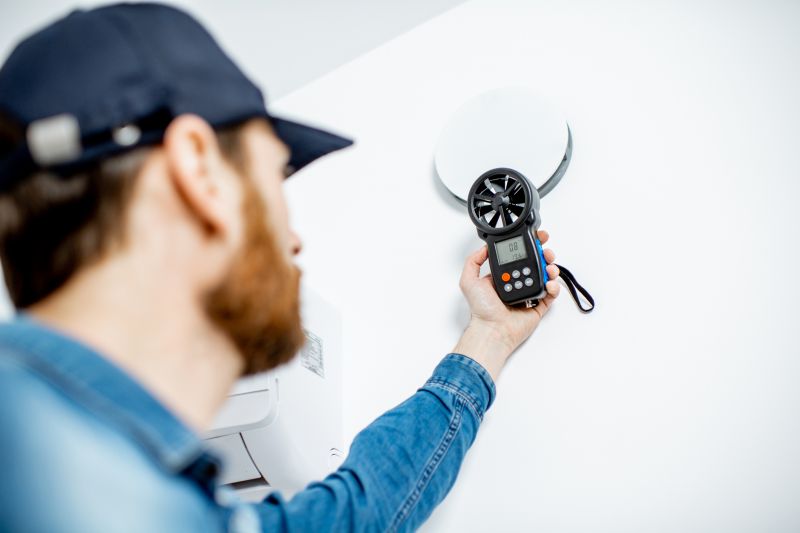
Implementing solutions based on testing outcomes.

A frequent mistake in Indoor Air Quality Testings and how to dodge it.
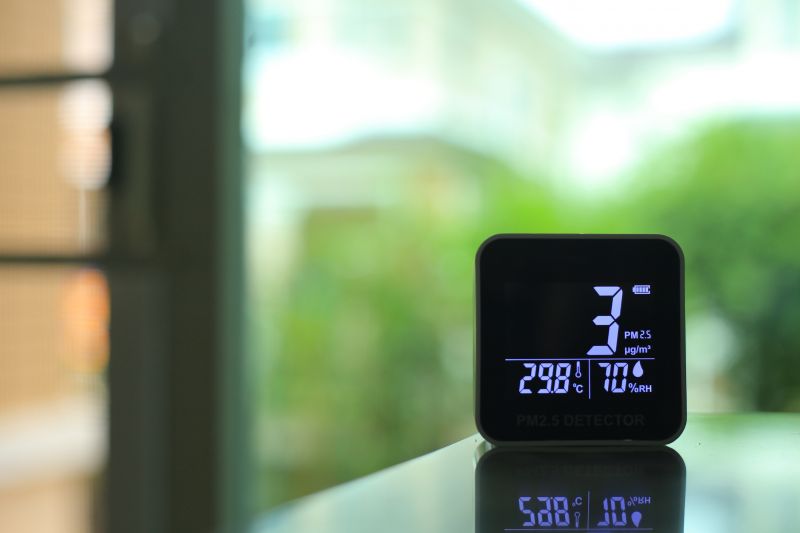
Small tweaks to make Indoor Air Quality Testings safer and easier to use.
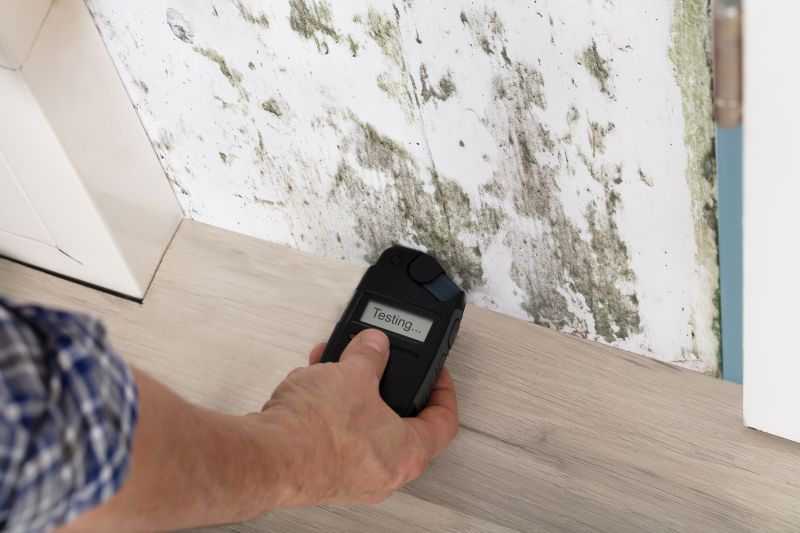
Lower-waste or water-saving choices for Indoor Air Quality Testings.
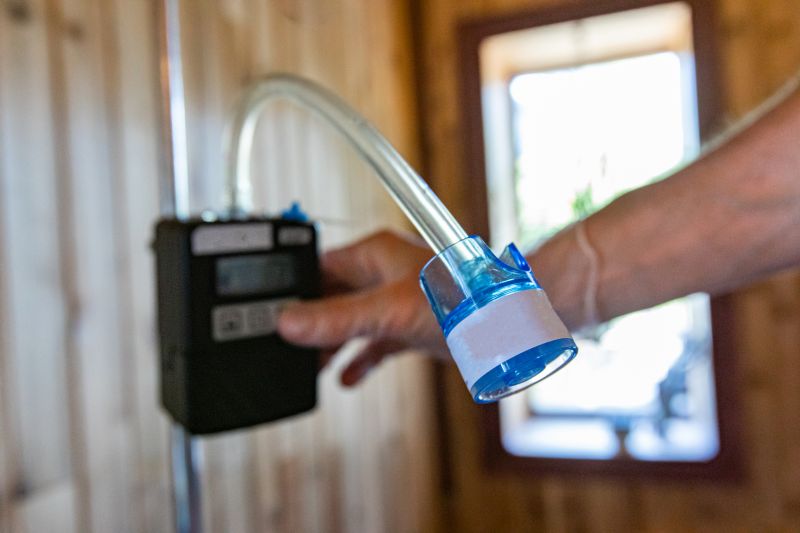
The short, realistic tool list for quality Indoor Air Quality Testings.
To ensure optimal indoor air quality, it is recommended to schedule testing at strategic times based on occupancy patterns, seasonal changes, and recent activities like remodeling. Regular assessments can help detect issues early and support healthier indoor environments. For those interested in maintaining good air quality, filling out the contact form can provide access to professional testing services tailored to specific needs.
